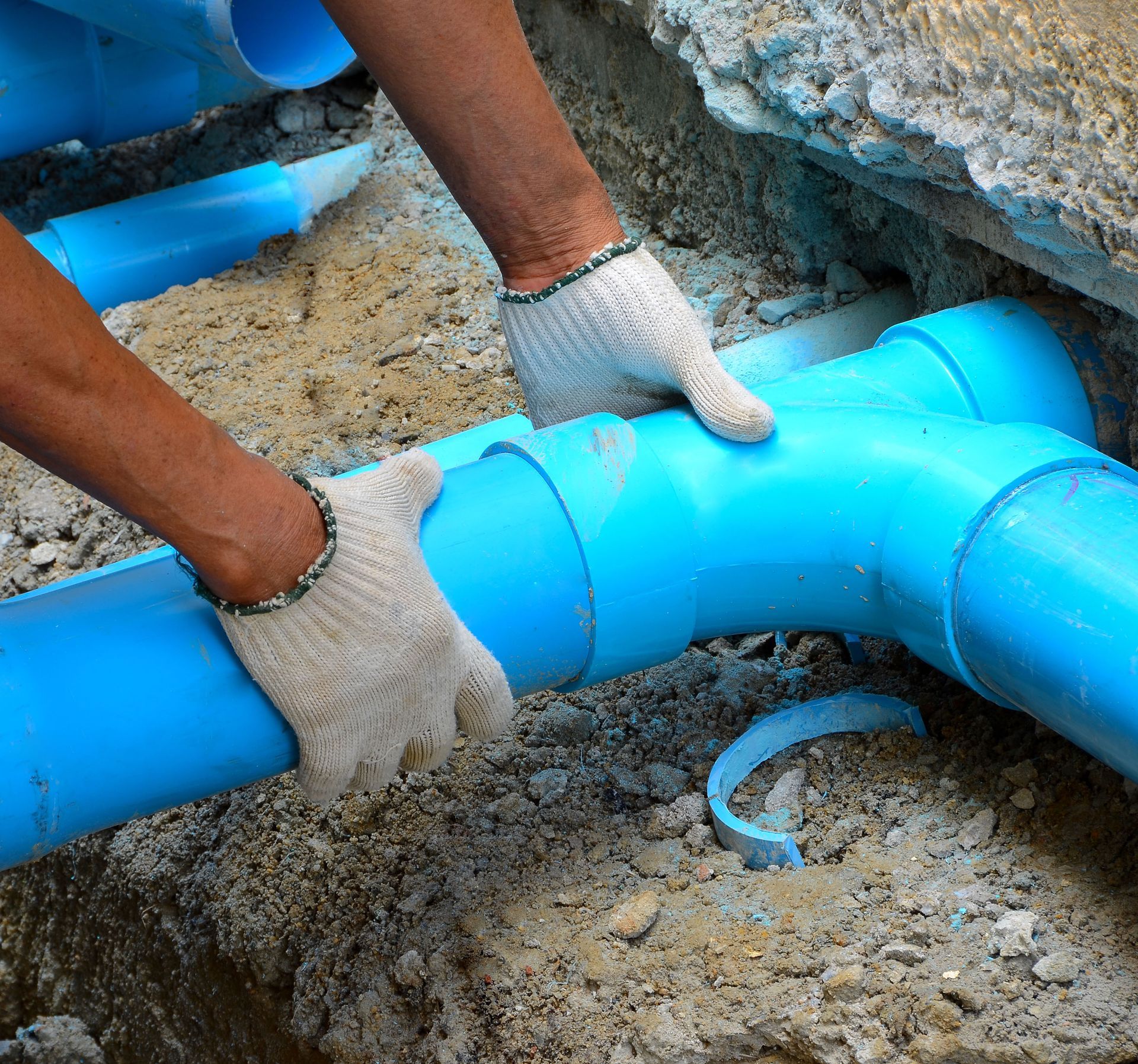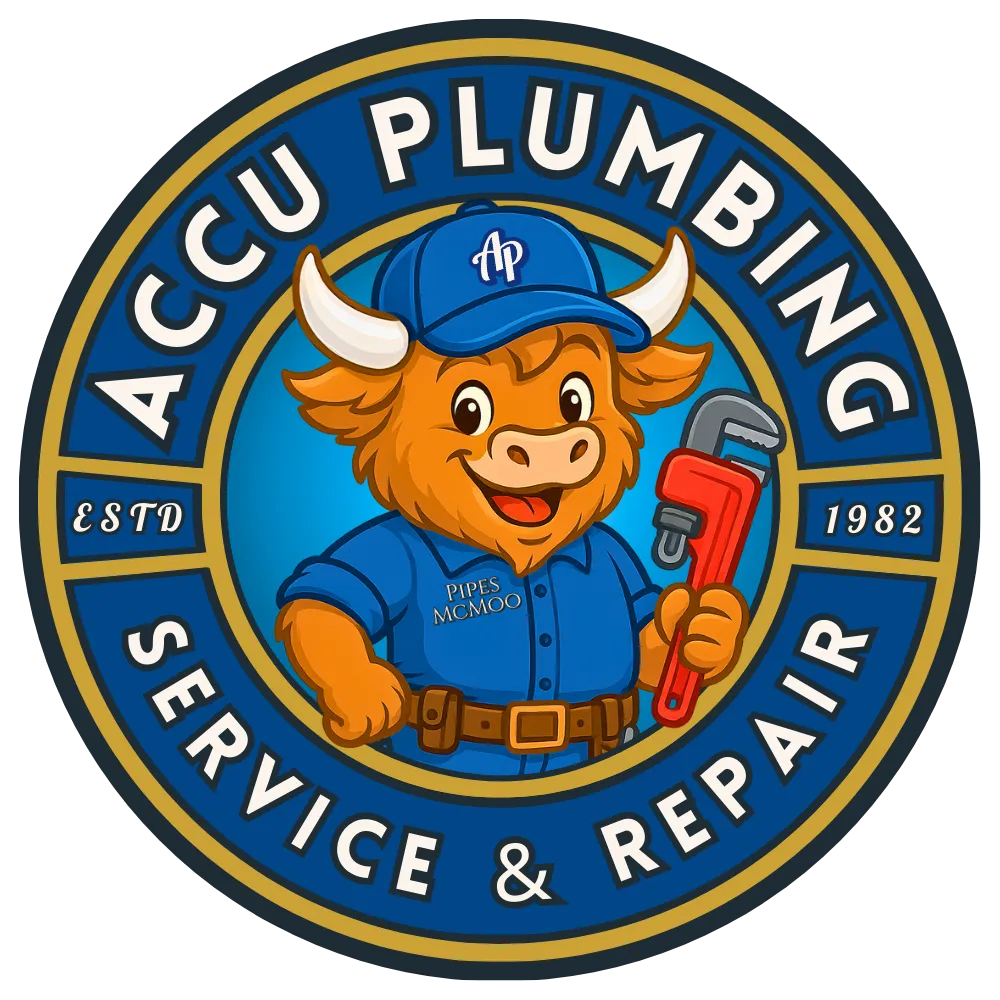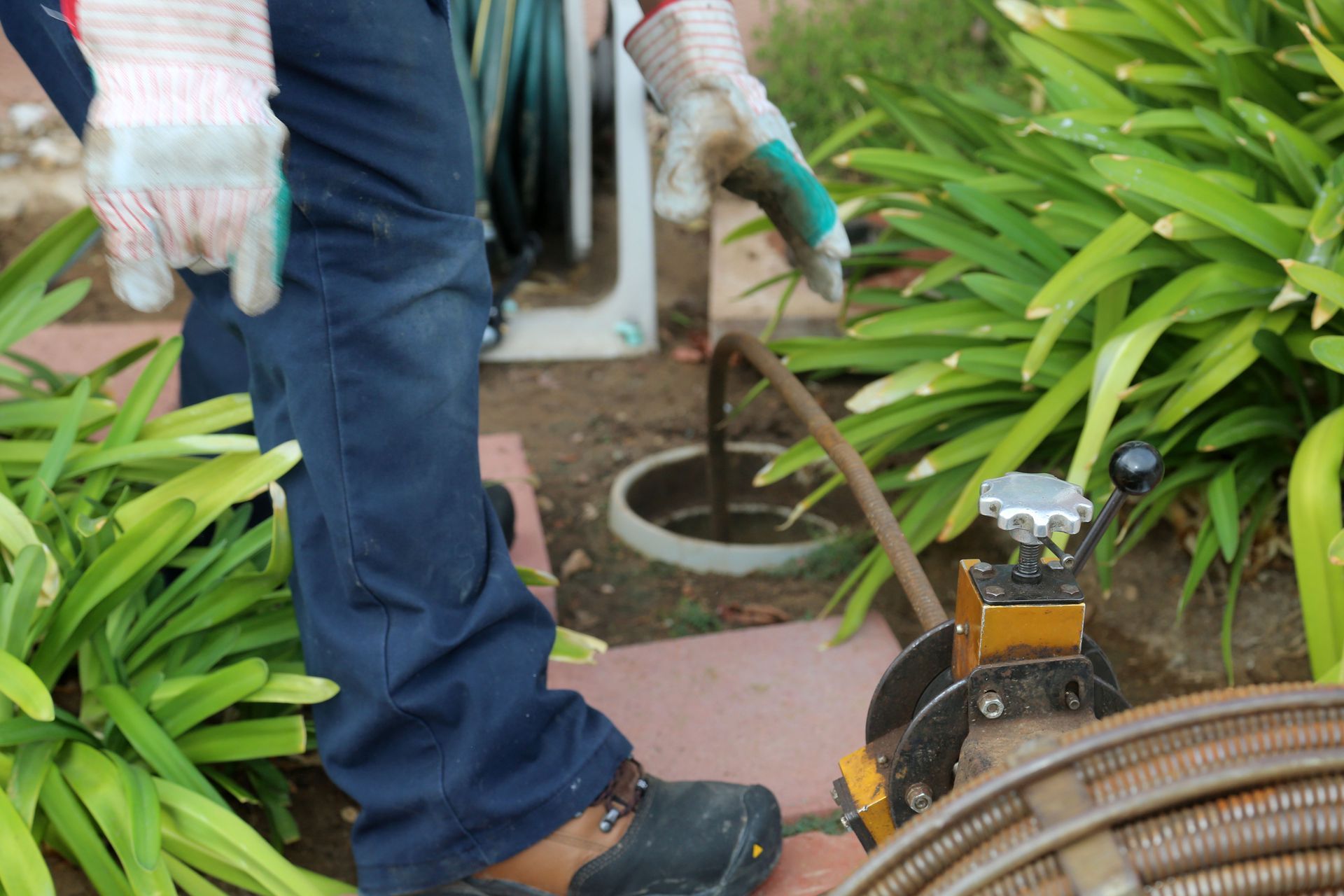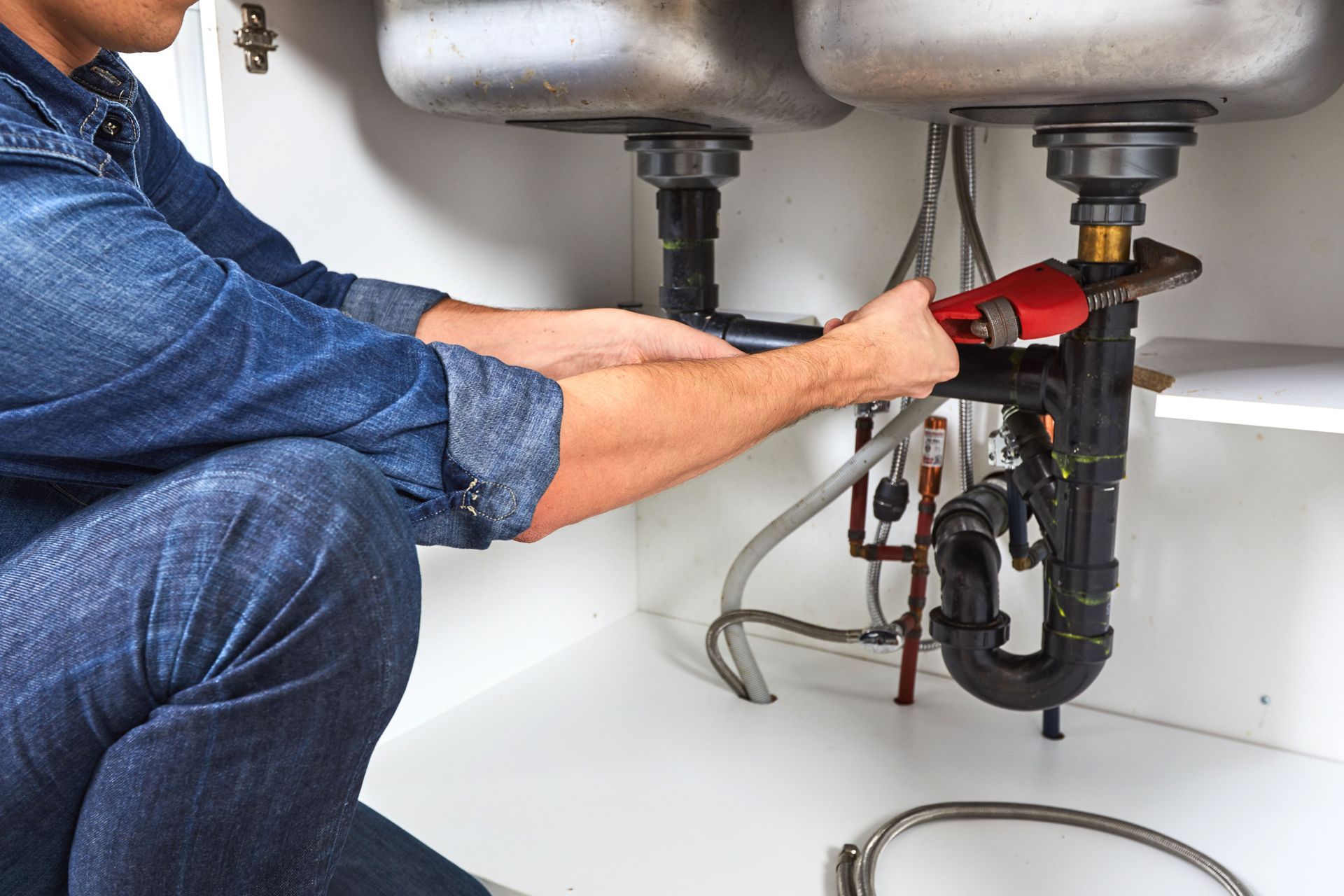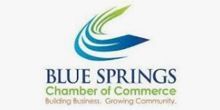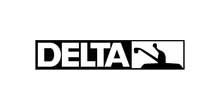November 19, 2025
The sewer line is a crucial component of the plumbing system in any building. While often out of sight, overlooking its maintenance can lead to significant problems. Understanding the warning signs of potential sewer line issues can help prevent costly repairs and disruptions. This article explores the key indicators suggesting sewer line repair is necessary.
1. Slow Draining Fixtures
Persistent clogs are often the first and most noticeable indication of a looming problem within the sewer line. When clogs recur despite repeated cleaning and maintenance efforts, it typically signals that something more significant is at play. This can range from tree root intrusion to unseen damage to the pipes. If left unchecked, these persistent clogs can put strain on the plumbing system and lead to further complications. Therefore, addressing these early signs by inspecting the sewer line is crucial to preventing extensive and costly repairs.
When multiple drains in a building start to exhibit slow draining simultaneously, it often points to a more systemic issue. This is particularly true if both the bathroom and kitchen sinks are experiencing similar symptoms. In such cases, the issue usually lies within the primary sewer line as opposed to an individual fixture. Since the sewer line spans the entire building, any blockage or damage can widely affect various drainage points. Timely intervention is critical to address the root cause and prevent a total plumbing shutdown.
Water backup is a severe issue that indicates a significant blockage or sewer line failure. Often observed in the lower levels of a building, such as basements or ground-level bathrooms, water backup can lead to extensive water damage. This can be exacerbated by the backup's potential to introduce contaminated water into living spaces, posing health risks to the occupants. Detection of water backup should prompt immediate investigation to determine and rectify the cause. Ignoring these signs can escalate the problem, potentially flooding the building and causing extensive damage.
2. Unpleasant Odors
The presence of sulfuric or sewage smells around the home is a telltale sign of sewer gas leaks. These odors are typically strong and unpleasant, often originating from drains, indicating a break or blockage in the sewer line. Sewer gases can pose not only a nuisance but also health risks due to their toxic components. Proper ventilation and prompt professional inspection are necessary to identify and fix the source of these odors. By addressing the cause, homeowners can prevent potential health hazards and restore a more pleasant living environment.
When unpleasant odors are detected around a building's foundation, it often signals a crack or damage to the sewer line beneath or near the structure. Sewer lines typically run two to six feet below the ground, according to This Old House, making them susceptible to damage from external forces. When these lines crack or break, sewage and gases can escape, causing unpleasant odors to emanate upwards. Detecting these odors early can help address the problem before it leads to more serious issues, such as structural damage. Therefore, a timely response to such odors can mitigate further risks and ensure the integrity of the building.
Persistent odors in bathrooms, even after thorough cleaning, can indicate sewer system issues. If bathrooms remain smelly despite maintaining regular cleanliness, it often means that sewer gases are entering the space due to a plumbing system failure. Leaks, blockages, and compromised seals are common reasons why these odors persist. Addressing these issues requires proper ventilation and sealing of the plumbing components. Early detection and intervention can help prevent further complications and sustain a pleasant and sanitary living environment.
3. Lush Patches in the Yard
Unusually lush patches of grass or vegetation in the yard often indicate a leak in the underground sewer or septic line. This occurs because the leaking sewage provides additional nutrients to the soil, fostering vigorous plant growth. Especially noticeable in septic drain fields, this symptom should not be ignored, as it suggests a compromised system. While a greener yard might seem beneficial, it actually points to potential health risks and environmental concerns. Prompt investigation and repairs are necessary to prevent further leakage and contamination.
Sinkholes or indentations in the yard can signify underlying sewer line breaks or collapses. These occur when soil erodes due to leaking sewage, creating voids beneath the surface over time. Such changes in the landscape are serious indicators of structural weakness within the sewer system. Left unaddressed, they can lead to significant land and property damage, escalating repair costs. Timely assessment by professionals can identify the extent of the damage and guide necessary corrective actions.
Rapid grass growth over sewer lines is another clear signal of potential leaks. When sewer lines crack or break, nutrients from sewage seep into the surrounding soil, acting as a fertilizer. This process leads to denser and faster-growing grass patches compared to the rest of the yard. Although this may seem environmentally beneficial, it signals a need for plumbing evaluation and potential sewer line repair. Timely intervention ensures environmental safety and prevents long-term sanitation issues.
4. Increased Pest Activity
Rodent infestations can often be traced back to sewer line issues, as rats and rodents frequently use sewers as travel pathways. These creatures are attracted to the moisture and shelter provided by compromised sewer systems and can access buildings through breaks or openings in the sewer line. Rodents entering homes not only create annoyance but also pose significant health risks. Regular inspections of the sewer system, focusing on areas prone to damage, can mitigate such infestations. Early detection and intervention help maintain a pest-free environment and ensure the sewer system's integrity.
Insects, particularly those thriving in moist environments, find compromised sewer lines ideal for breeding. These conditions can lead to increased insect activity and infestation in the vicinity, affecting the comfort and sanitation of the living space. Mosquitoes, flies, and other pests are drawn to sewage leakage, adding to the home's pest challenges. Ensuring properly sealed and functioning sewer lines is essential in preventing such infestations. The pace of intervention plays a key role in protecting living areas from becoming breeding grounds for these pests.
When pest infestations persist despite repeated control efforts, it could indicate an underlying sewer problem. Pests often source their entry through hidden leaks or openings within the sewer line. Addressing only the surface symptoms may not yield lasting relief without inspecting and repairing the compromised sewer system. Identifying and closing these gaps is crucial in reducing pest attraction and maintaining a pest-free home. Regular professional inspection and sewer line repair can prevent and eliminate stubborn pest issues.
5. Structural Foundation Issues
Leaks in the sewer line can gradually weaken and crack a building's foundation, compromising its stability. When water seeps into the surrounding soil, it can lead to erosion and displacement, putting undue stress on the structure. Over time, this affects the integrity of the building's base, potentially leading to significant damage. Monitoring for foundation cracks and investigating potential sewer line issues are vital in preserving structural safety. Early intervention can prevent costly rehabilitation efforts and ensure long-term building durability.
Settling or shifting of structures often results from erosion caused by sewer leaks. As the leaking water undermines the soil strength, it leads to gradual movement of the building, manifesting in misalignments and tilts. Severe shifting can compromise the safety and usability of the structure, necessitating extensive stabilization efforts. Regular inspection of both the foundation and the sewer system can help identify and address issues before they escalate. Implementing timely solutions is key to maintaining the building's structural integrity.
Ignoring the early signs of sewer line issues can result in severe and costly damage. As seen, symptoms can range from nuisances like slow drains and odors to significant problems like structural damage and increased bills. Regular inspections and prompt sewer line repair to address symptoms are vital for maintaining a healthy sewer system. By understanding and recognizing these indicators, homeowners and facility managers can safeguard against future problems, ensuring the efficient operation of their plumbing systems. Proactive measures in maintaining and addressing sewer health are fundamental to sustained safety and functionality. For more information about the services that we offer, reach out to our incredible team at ACCU Plumbing LLC today!
